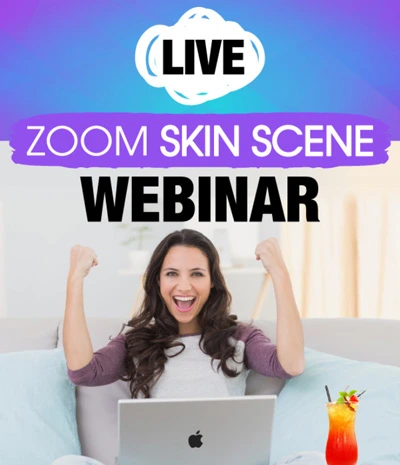$pa Marketing: Is Your Newsletter Yesterday’s News?

With so many businesses now communicating with customers via social media and online advertising, some people say the company newsletter is yesterday’s news. I disagree! I believe that even today, newsletters are one of the most effective, least expensive and, if done right, best personalized forms of communication available. Like so many other forms of marketing, though, you have to know how to keep it fresh.
Content Importance
When my company first started sending newsletters about 15 years ago, we followed a format that was very popular back then: a featured article/treatment, a featured product, a joke, a recipe, a horoscope, a monthly special, etc. The idea was to “bury” your call to action in content that was more entertaining and educational than salesy. As social media came into play and the divide between companies and customers decreased; however, newsletter content shifted. CEOs who were once considered corporate stiffs are now sharing pictures of their kids on vacation. Today’s newsletter is typically much shorter, curated to a specific demographic and must be attention grabbing.
Don’t Discredit Subject Lines
Simply put, your subject line determines whether your newsletter gets opened or deleted. Make sure your subject line is eye-catching but not too salesy. The reader needs to immediately connect that what you’re sending will have a direct benefit to them. For example, “Our Weight Loss Edition” doesn’t give the reader much to get excited about but throw in a celebrity reference such as “Your Kim Kardashian Weight Loss Edition,” and now, you’ve gotten their attention.
Newsletter Frequency Figured Out
There is no hard and fast rule on frequency, but in general, -email your newsletter only when you have something unique to say or offer. If you’re a talented writer (or you’ve hired one), that might mean once a week; for others, it might be once a month. Regardless, be consistent with how often you are sending out your newsletters. Don’t let six months pass between newsletters. There’s the old adage, “Out of sight, out of mind.” This is true for the way your customers view you too.
E-mails Vs. Texts
E-mails aren’t the only way to send out newsletters; you can also send them out by text. Let’s say your average email newsletter is about 500 to 1,000 words; you can send a similar message by text, just much more condensed—no more than about four sentences. Some of your customers will be more email-oriented and others will favor texts. Alternating between the two forms of communication will bump up your odds of being read. Just remember to be consistent and offer your reader something unique.
Tracking Results
Whether you’re sending out newsletters, special offers, etc. you’ll want to use a tracking method to determine whether your emails and texts are actually getting opened and read. If not, what’s the point of sending them? There are so many easy-to-use tracking tools available today, some of them even free, which allow you to see how your customers are viewing your communications (on a mobile device, desktop computer, tablet, etc.), whether they’re following your call to action, how fast your load speed is, and much more.
Tips for Not Getting Black-balled
Not so long ago, my marketing department informed me that our customers weren’t as responsive to our newsletters and emails as they once were. We were even starting to see a spike in recipients’ complaints, which meant that some of our emails were reported as spam. Yikes! We did some digging and were shocked to realize that we were making some big mistakes. We knew that top email platforms like Gmail use algorithms to determine whether an email gets delivered, sent directly to spam, or blocked altogether but what we didn’t realize is that because we were sending emails from multiple departments within our company (admissions office, phone dialers, marketing, etc.), we were getting dinged because of it.
We’re back on track now but learn from our mistakes. Do some research regarding email best practices and include the tips below to ensure your newsletter does not end up like yesterday’s news.
Top 3 Tips for Newsletter/Email Success
- If your company has multiple departments, be sure to align email strategies across the board—frequency, content, length, subject lines, etc.
- Design your emails so that they work for all technology devices.
- Add personalization with first names and specific interests (so platforms such as Gmail don’t view your emails as generic/spam); segment content to particular audiences and consider using a subject line simulator.








